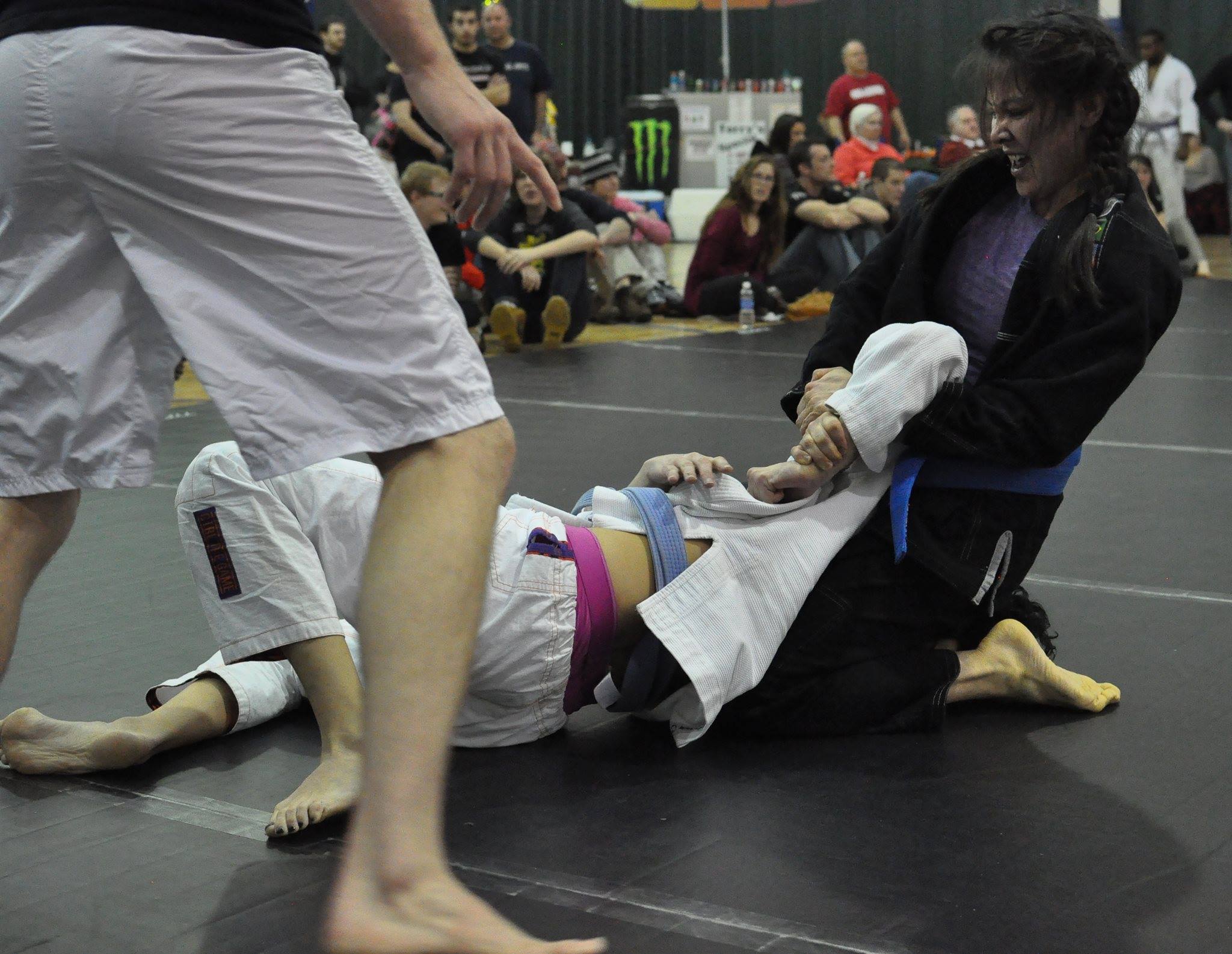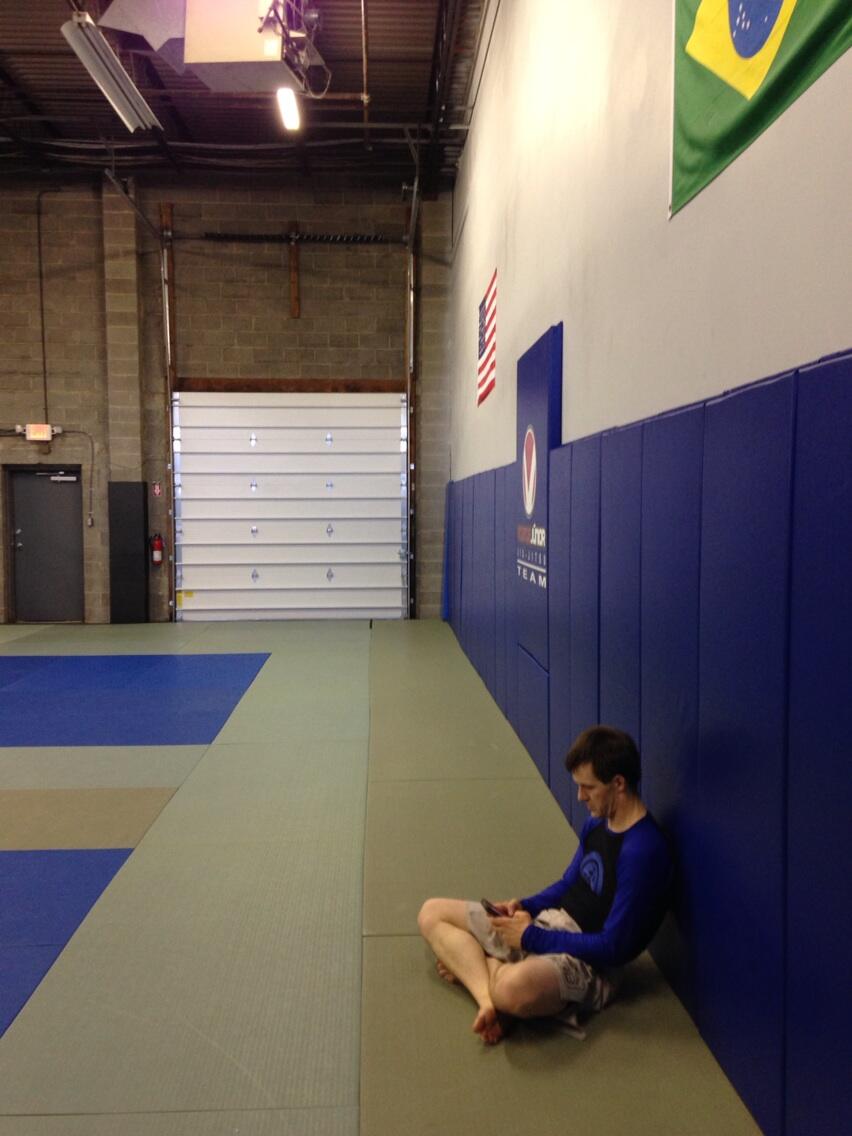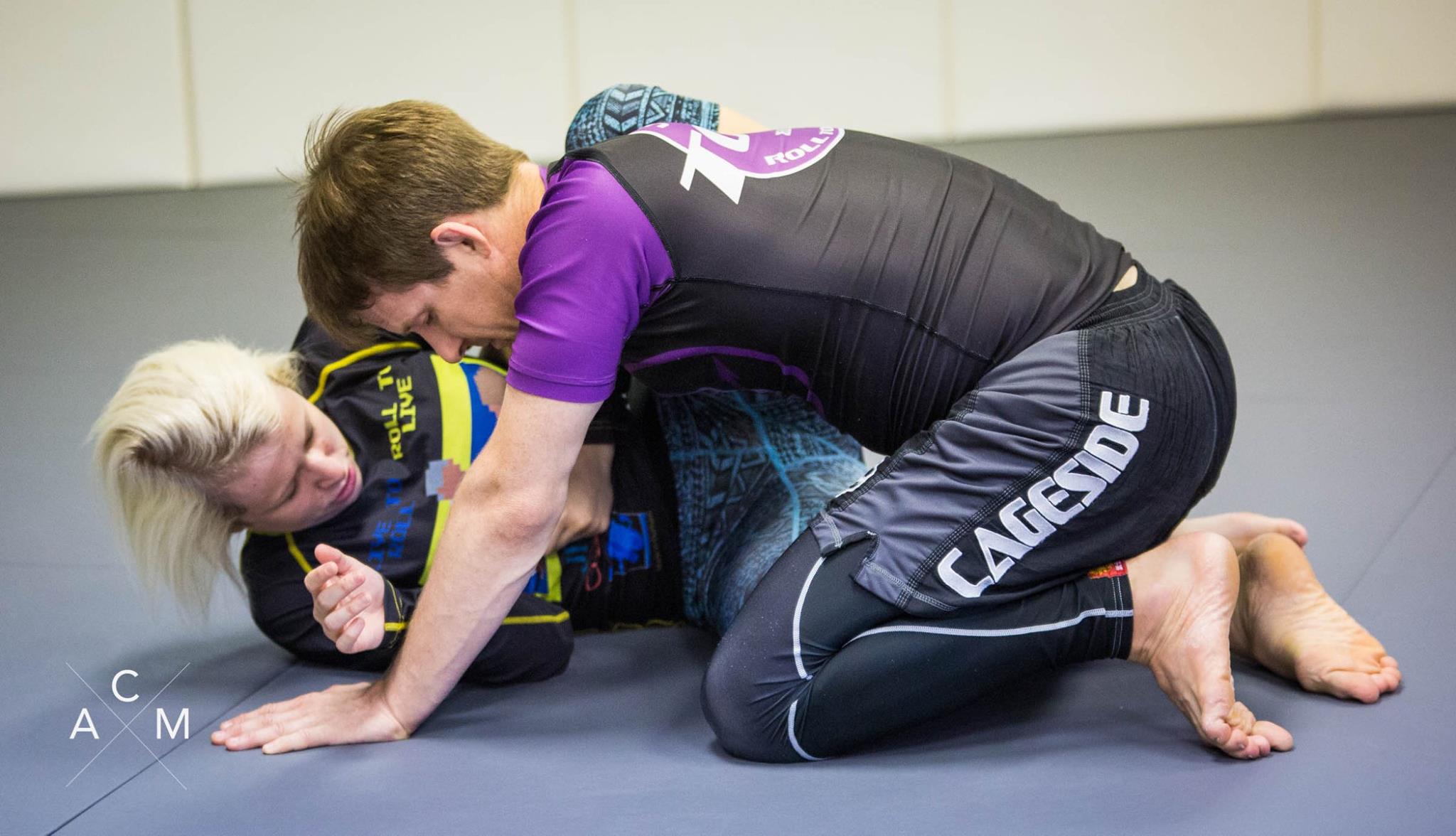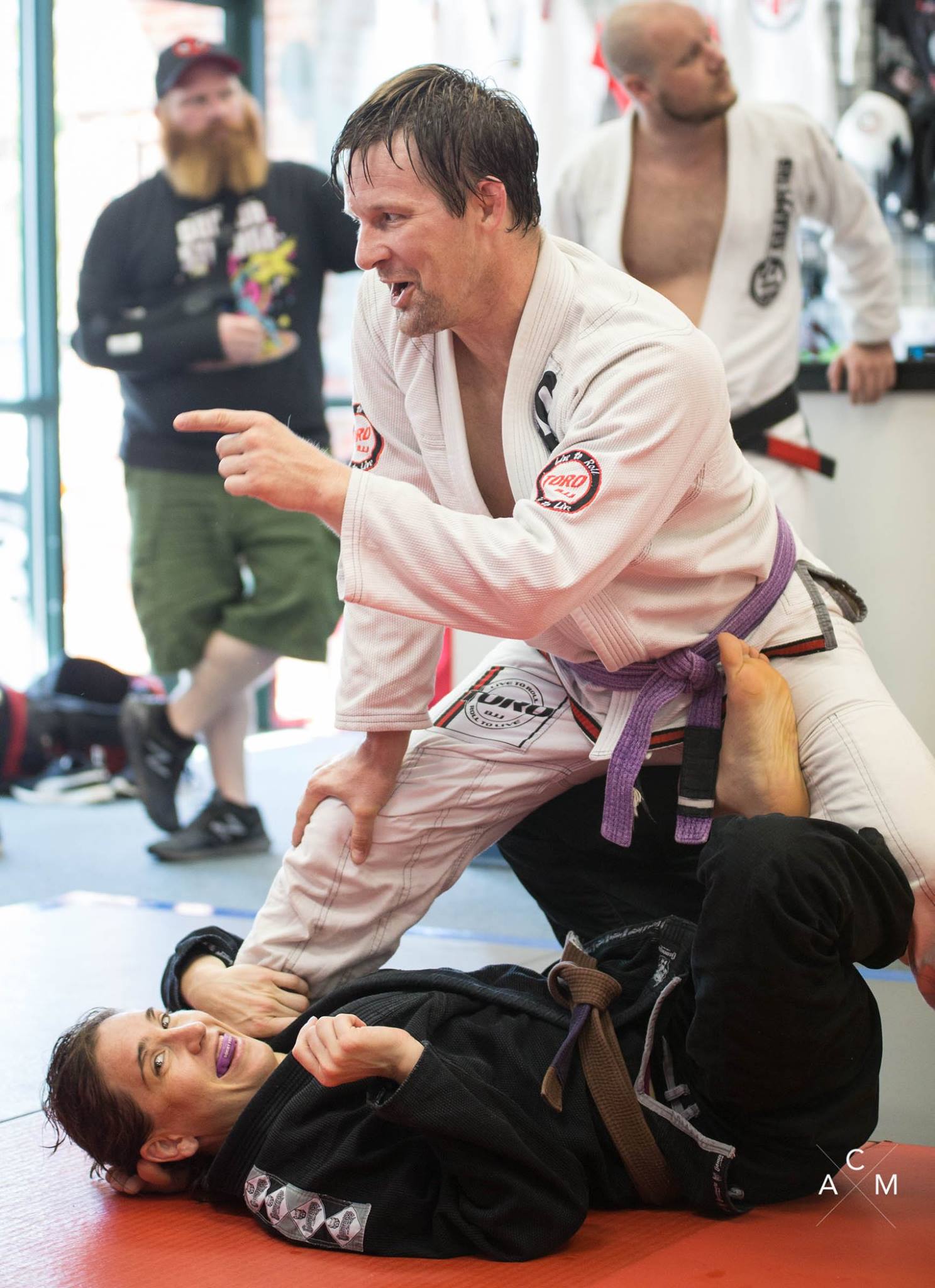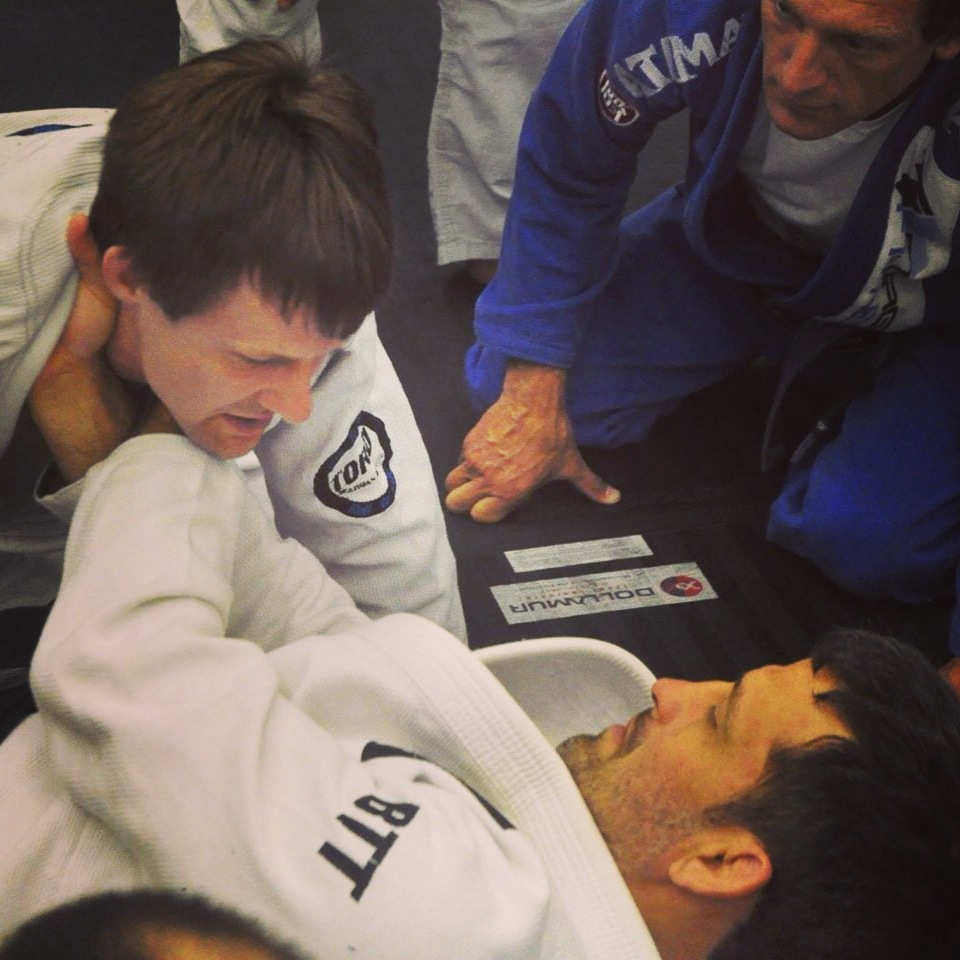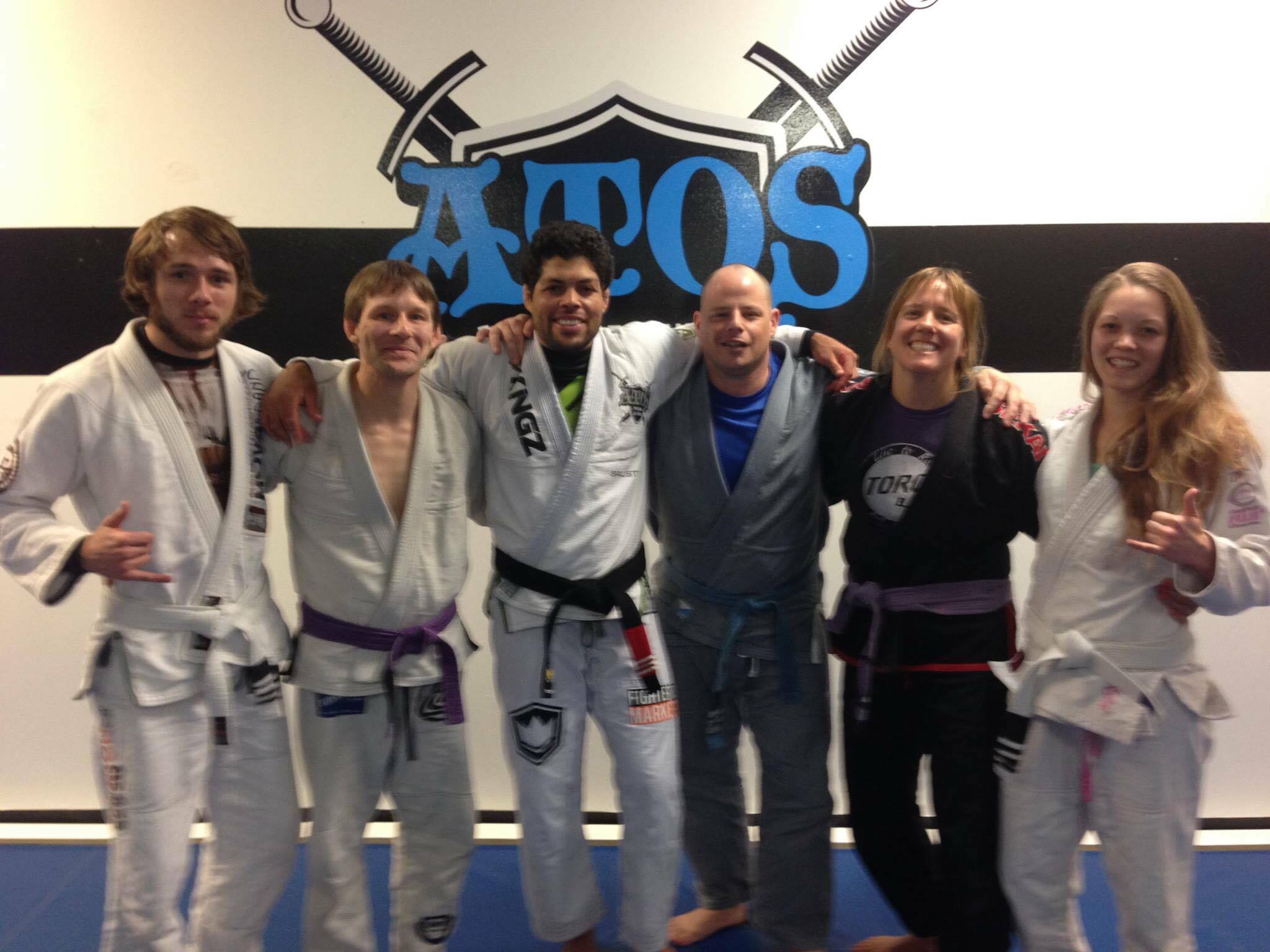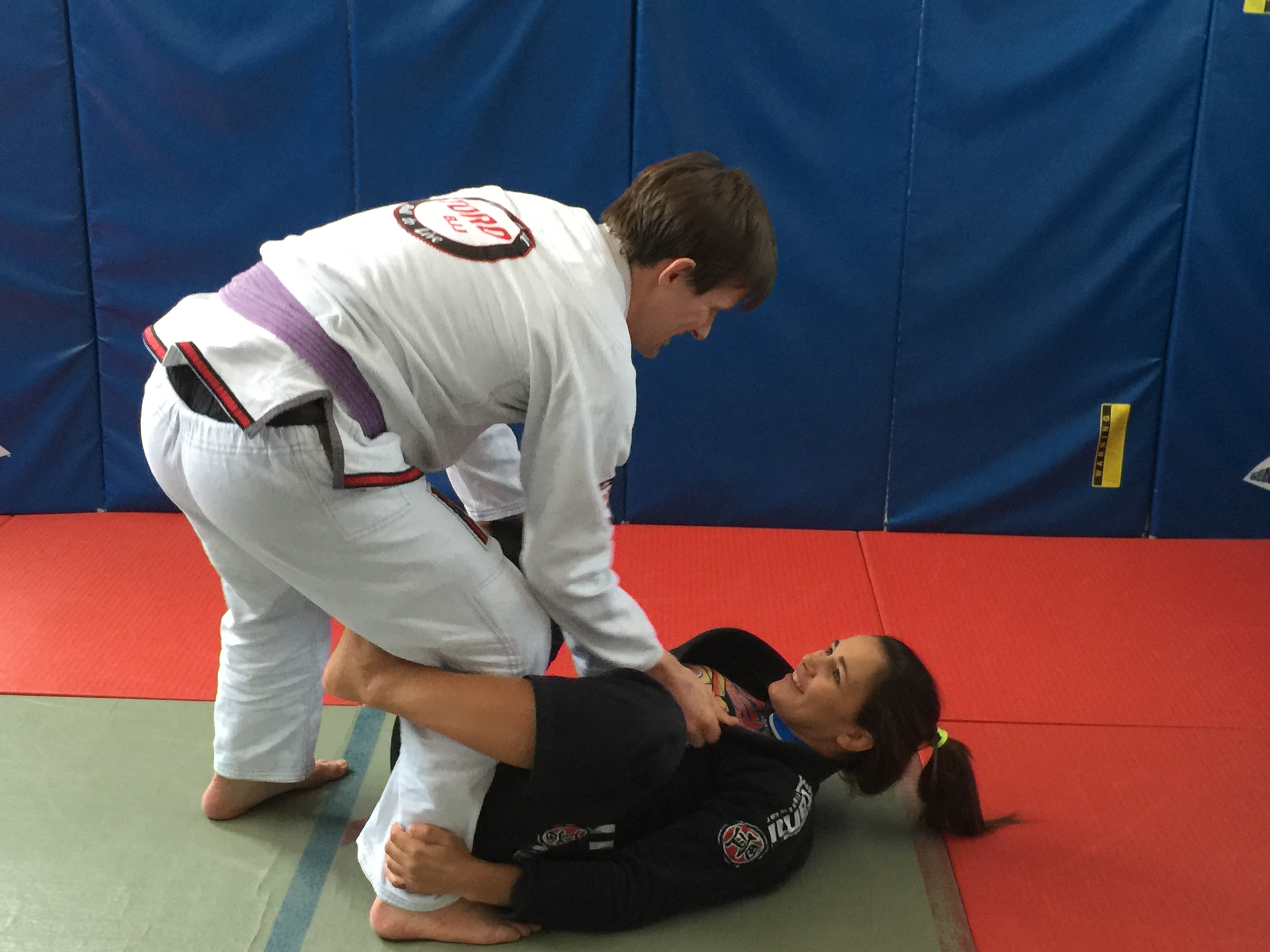What If I Don’t Want to Roll?
Once someone decides jiu-jitsu is for them, rolling — free sparring with a partner — commonly becomes their favorite part. After you’ve gotten some fundamental knowledge down, it’s fun to try to apply that knowledge against a resisting opponent.
Even years into the journey, it remains fun and exciting. Some days, you’re playing your A game against a game partner; other days, you’re experimenting with new techniques you’re just beginning to learn. This can even change from roll to roll, as you switch from a challenging round against an upper belt from a more teaching-oriented round with a new person. There’s always something you can be working on, so it’s easy to keep it fresh.
This isn’t true of, say, drilling. I’m lucky in that I love to drill, and I think drilling is crucially important to improve your BJJ. But there’s no stereotype about “the guy that only shows up at class to drill,” and there’s definitely that stereotype about rolling.
To use a sports analogy: Everyone loves the game. Not everyone loves practice.
We don’t hear a lot about the opposite issue, though — which is when someone doesn’t want to roll. This happens, too. If this person is you (even if this person is only sometimes you), I have some advice.


